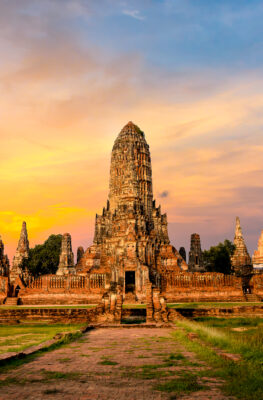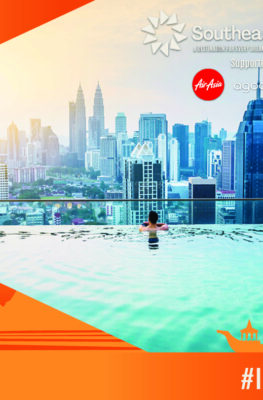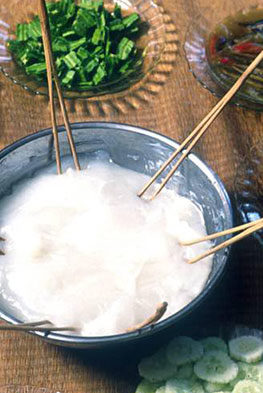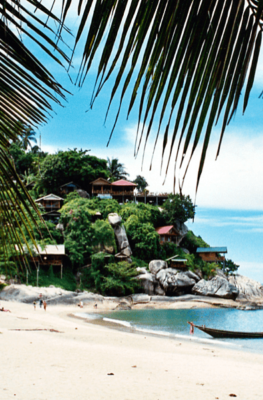Published on November 29, 2017

Image © Tourism Authority of Thailand.
What You’ll Get
A 12-day, 11-night saga that runs through two ancient Southeast Asian kingdoms – Thailand and Laos – across grand temples and quaint riverside villages alike.
Highlights
Beginning in Thailand’s capital Bangkok, you’ll set off on a city tour with a twist – ride the city’s traditional transportation on the way to its best-known and lesser-explored sights, like the Jim Thompson House, a stunning example of traditional Thai architecture; the Grand Palace and Wat Phra Kaew within it; and Wat Pho, home to a famous massage school and a 46-metre-long reclining Buddha.
Next up – Chiang Mai, in northern Thailand, where traditional Lanna ways persist and can be experienced through the Home Hosted Meals program. At San Ton Pao Village, you’ll enter your Thai host’s home and share a meal served on a footed tray, known as a khan tok.
On the way to your next stop, you’ll stop by Wat Rong Khun, the “White Temple” whose color symbolizes the purity of the Buddha, before arriving at the Golden Triangle view point, where the borders of three countries (Thailand, Laos and Burma) meet.
From this point, Laos is just a short drive across the Mekong River. Start your Laos experience by visiting a Yao or Lu village on the riverbank, picnicking near the Mekong’s bank, and spending the night at Pakbeng.
Making your way downriver, you’ll pass by the Pak Ou Caves before arriving at the laidback town of Luang Prabang, whose golden temples serve as a gorgeous backdrop to a number of local adventures.
Visit the villages inhabited by Luang Prabang’s three most prominent ethnic cultures: the H’mong, Khmu and Lao Loum. Explore Luang Prabang’s top landmarks, among them Wat Xieng Thong and the magnificent Royal Palace. Take a swim at the crystal-clear Kuang Si Waterfall. And participate in a Tak Bat, or morning almsgiving to the local monks.
The next stop – the idyllic town of Vang Vieng – is an ideal launching pad for a number of natural and cultural exploits, among them kayaking on the Nam Song River; exploring the gigantic Tham None Cave; and visiting an organic farm to enjoy their mulberry tea and fruit wines.
On the way to Laos’ capital Vientiane, you’ll stop for a cruising tour at Nam Ngum Lake, a vast artificial lake with many small islands. In the capital itself, you’ll see culture colliding with history through visits to Wat Sisaket, Vientiane’s oldest-surviving monastery; Pha That Luang, a national symbol of Laos; Patouxai, Vientiane’s take on the Arc de Triomphe; and finally, Buddha Park, a quirky assemblage of 200 fantastically-designed concrete statues.

Image © Tourism Authority of Thailand.






